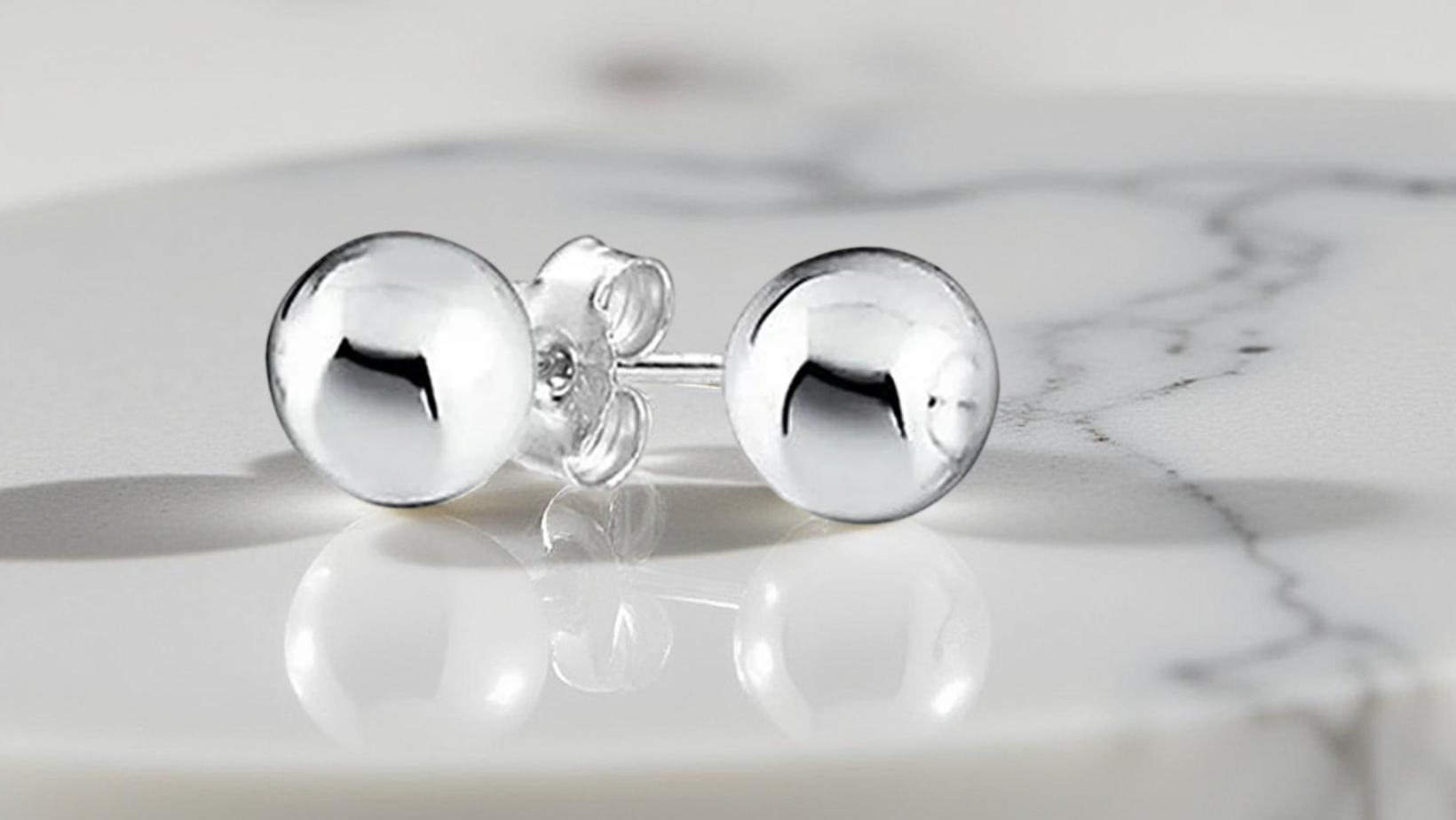Silver Stories: From Tradition to Trendsetting

Silver, with its timeless allure and versatility, has woven its way through history, from ancient civilizations to modern fashion runways. Beyond its intrinsic value, silver holds cultural significance, symbolizing purity, wealth, and adornment across diverse societies.
In this blog, we embark on a journey through the ages, exploring the rich tapestry of silver stories—from traditional uses to its influence on contemporary trends.
The Ancient Origins of Silver
Silver's history dates back thousands of years, intertwined with the rise and fall of civilizations across the globe. In ancient Egypt, silver was prized for its beauty and perceived magical properties, used in jewelry, religious artifacts, and even as currency. Its malleability and lustrous appearance made it a favored medium for craftsmen and artisans who adorned pharaohs and nobles alike.
Ancient Greece celebrated silver for its association with the moon, reflecting purity and clarity. From intricate filigree work to coinage that facilitated trade and cultural exchange, Greek artisans elevated silver to an art form, leaving behind a legacy of craftsmanship admired to this day.
Silver in Medieval and Renaissance Europe
During the Middle Ages, silver continued to hold prominence in Europe, where it adorned royalty and ecclesiastical treasures. The craftsmanship of medieval silversmiths, often blending silver with precious gems and enamel, produced ornate chalices, reliquaries, and ceremonial objects that symbolized power and divine connection.
In Renaissance Europe, silver's appeal extended to everyday items such as tableware and personal accessories. The intricacy of silverware designs showcased technical prowess and artistic flair, influencing dining etiquette and social rituals among the elite.
Silver in Colonial America and Beyond
The Age of Exploration brought silver to the shores of the Americas, where indigenous cultures incorporated it into adornments and ceremonial objects. In colonial America, silversmiths crafted items that mirrored European styles while adapting to local tastes and materials, marking the beginning of American silver craftsmanship.
The Rise of Sterling Silver: Tradition Meets Modernity
By the 19th century, advancements in metallurgy led to the development of sterling silver—a durable alloy consisting of 92.5% silver and 7.5% copper. Sterling silver's strength and malleability revolutionized jewelry-making and silverware production, democratizing access to luxury items previously reserved for the wealthy.
Silver in Modern Fashion and Design
In the 20th century, silver's appeal transcended traditional uses, influencing avant-garde fashion and design movements. Art Deco embraced silver's sleek lines and geometric forms, while mid-century modernism celebrated its minimalist aesthetic. Sterling silver jewelry became synonymous with elegance and sophistication, worn by icons like Audrey Hepburn and Elizabeth Taylor, cementing its status as a timeless accessory.
Contemporary Trends and Innovations
Today, sterling silver continues to inspire designers and artisans worldwide. Sustainable practices and ethical sourcing have become integral to the production of silver jewelry, appealing to environmentally conscious consumers. From minimalist designs to bold statement pieces, silver remains a versatile medium that adapts to evolving fashion trends while preserving its inherent beauty and value.
Silver in Pop Culture and Beyond
In popular culture, silver retains its allure as a symbol of status and style. Celebrities and influencers embrace silver jewelry as a statement of individuality and luxury, showcasing its versatility in red carpet appearances and social media trends. Silver's reflective surface and timeless appeal make it a favorite among photographers and artists, capturing light and emotion in mesmerizing ways.
Silver Stories: Personal Journeys and Cultural Significance
Beyond its aesthetic and economic value, silver holds personal significance for many. Family heirlooms passed down through generations carry stories of love, tradition, and resilience. Whether it's a cherished pendant, a pair of earrings worn on special occasions, or a set of silverware used in family gatherings, these items embody memories and connections that transcend time.
Embracing Silver's Timeless Appeal
As we reflect on silver's journey—from ancient civilizations to modern-day trends—it becomes clear that its allure lies not only in its physical properties but also in the stories it carries. Whether celebrating tradition, embracing innovation, or expressing personal style, silver continues to captivate and inspire, bridging the past with the present and shaping the future of fashion and design.
Conclusion: The Enduring Legacy of Silver
In conclusion, silver's journey from tradition to trendsetting is a testament to its enduring appeal and cultural significance. Across centuries and continents, silver has evolved from a symbol of wealth and power to a medium of artistic expression and personal adornment. As we continue to embrace its beauty and versatility, let us cherish the silver stories that connect us to our past and illuminate our path forward in fashion, design, and personal expression.
Whether you're drawn to silver for its elegance, its historical resonance, or its ability to complement any style, the stories woven into its shimmering surface make it a timeless treasure worth celebrating.










发表评论